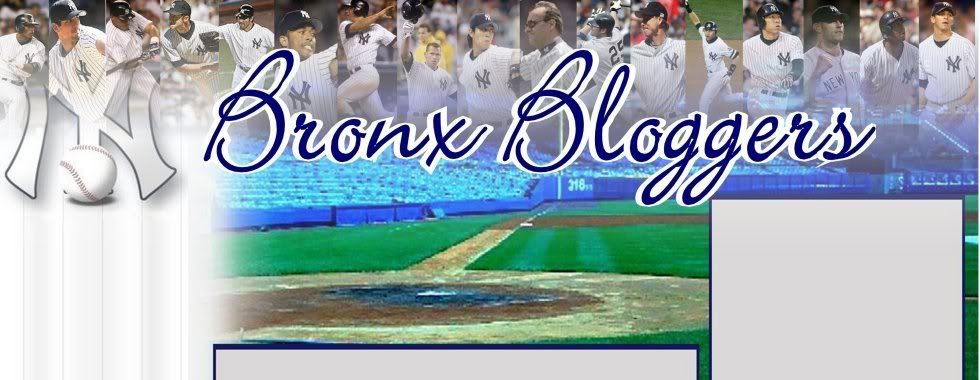
Saturday, July 29, 2006
Featured Player: Lefty O'Doul
Francis Joseph "Lefty" O'Doul (March 4, 1897 - December 7, 1969) was an American Major League Baseball player who went on to become an extraordinarily successful manager in the minor leagues, and also a vital figure in the establishment of professional baseball in Japan.
Beginning his career as a left-handed pitcher in for the New York Yankees and Boston Red Sox from 1919 to 1923, before converting to an left fielder for the New York Giants, Philadelphia Phillies and Brooklyn Dodgers from 1928 to 1934. O'Doul was born in San Francisco, California and came up through the minor leagues as a pitcher with the San Francisco Seals of the Pacific Coast League. Lefty had success as a pitcher but developed a sore arm which relegated him to being a reliever. O'Doul returned to the Pacific Coast League where he converted himself to a power-hitting outfielder. The Giants brought him up to the Big Leagues in 1928 where he batted .319 as a platoon player.
Lefty was traded to the Phillies in 1929 and, teaming up with Chuck Klein, had one of the all-time best hitting years in baseball history. O'Doul hit .398 that year with 254 hits, 32 home runs, 122 RBIs and 152 runs scored. He continued to play well for the Philadelphia club but was traded to Brooklyn in 1932, finishing up his playing career in 1934 with the Giants. Lefty then returned to the Pacific Coast League as manager of the San Francisco Seals from 1937 to 1951, later managing several other teams in the circuit and becoming the winningest manager in PCL history. One great coup while managing the Seals was in developing Joe DiMaggio, who eventually wound up with the New York Yankees.
Later on, O'Doul became an idol in Japan, serving as baseball's goodwill ambassador before and after World War II. In addition, he was a hero in his hometown of San Francisco, where his fame lives on through Lefty O'Doul's Bar, and the Lefty O'Doul Bridge, which takes San Francisco's Third Street over what would be known as McCovey Cove, adjacent to AT&T Park, in 2000.


 Posted by Steve Kenul at 8:32 AM
Posted by Steve Kenul at 8:32 AM



 « Home
« Home













 Kokoyaku
Kokoyaku RetroSheet
RetroSheet Baseball Reference
Baseball Reference SABR
SABR National Baseball HoF
National Baseball HoF Yankees Official Site
Yankees Official Site SportsWorld NY
SportsWorld NY A Must Read
A Must Read Cheating Barry
Cheating Barry CGBB
CGBB Live Soccer Streaming
Live Soccer Streaming Yankees-Chick
Yankees-Chick The Sports Flow
The Sports Flow The Sports Hernia
The Sports Hernia Sports Blog Directory
Sports Blog Directory BernieWilliams.net
BernieWilliams.net Big Reds Blogger
Big Reds Blogger Sport For People
Sport For People SportsBlog NY
SportsBlog NY Sports Betting
Sports Betting Smarter Sports Blog
Smarter Sports Blog BigFlySports.com
BigFlySports.com Sport Blog Man
Sport Blog Man
